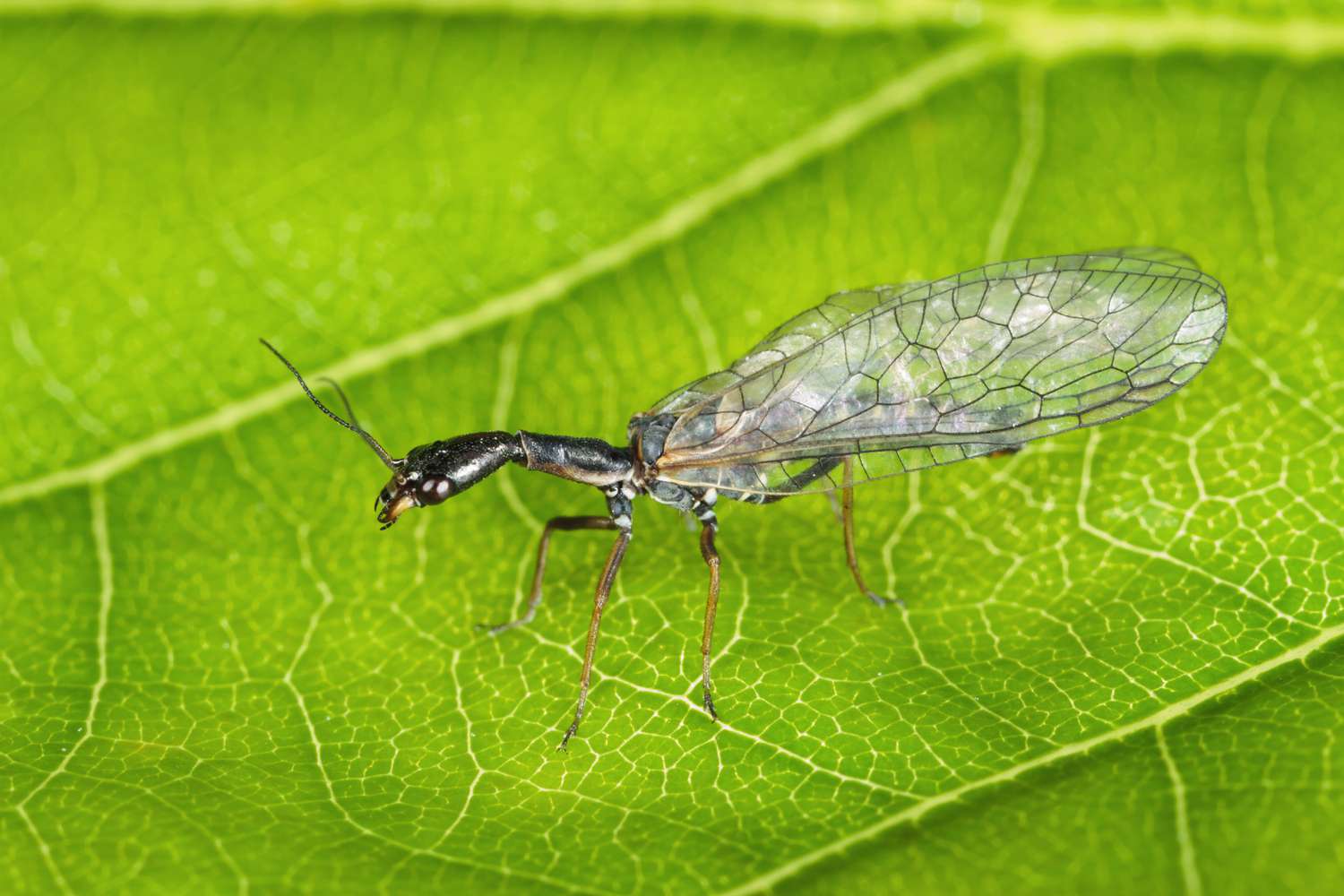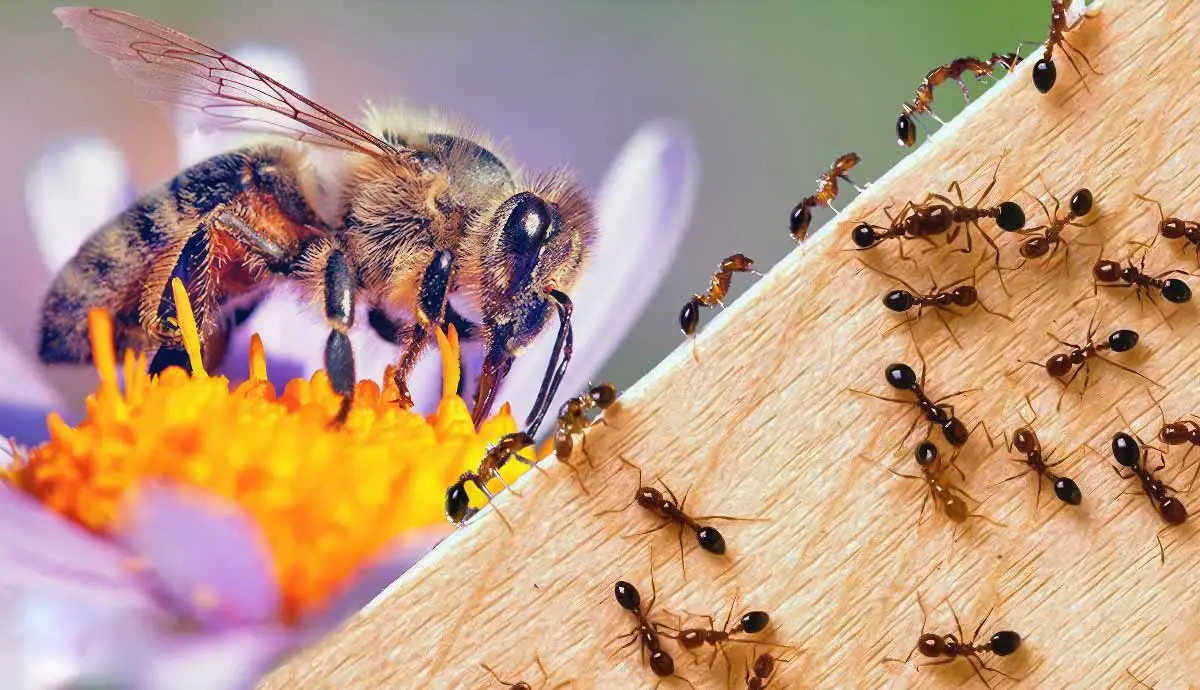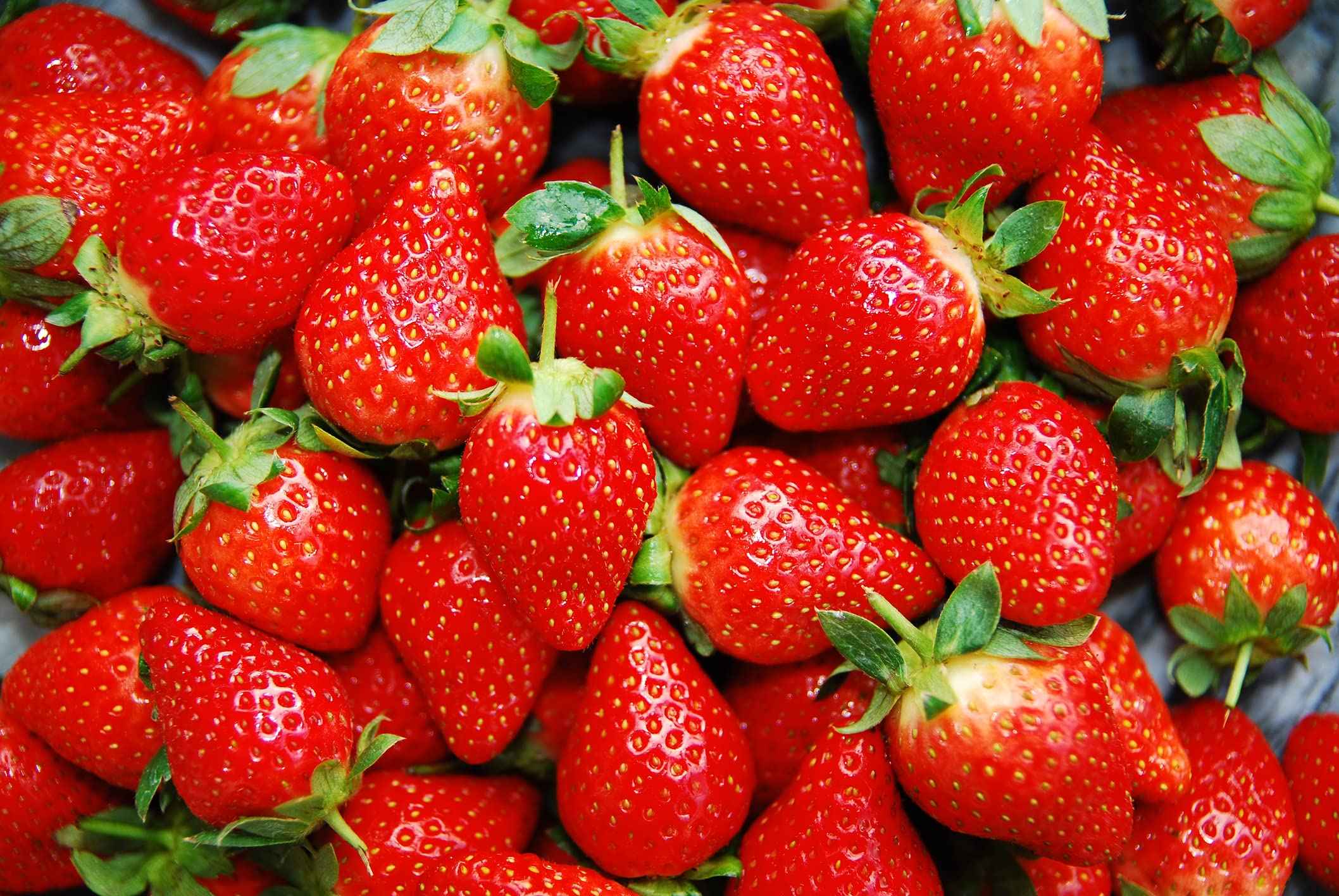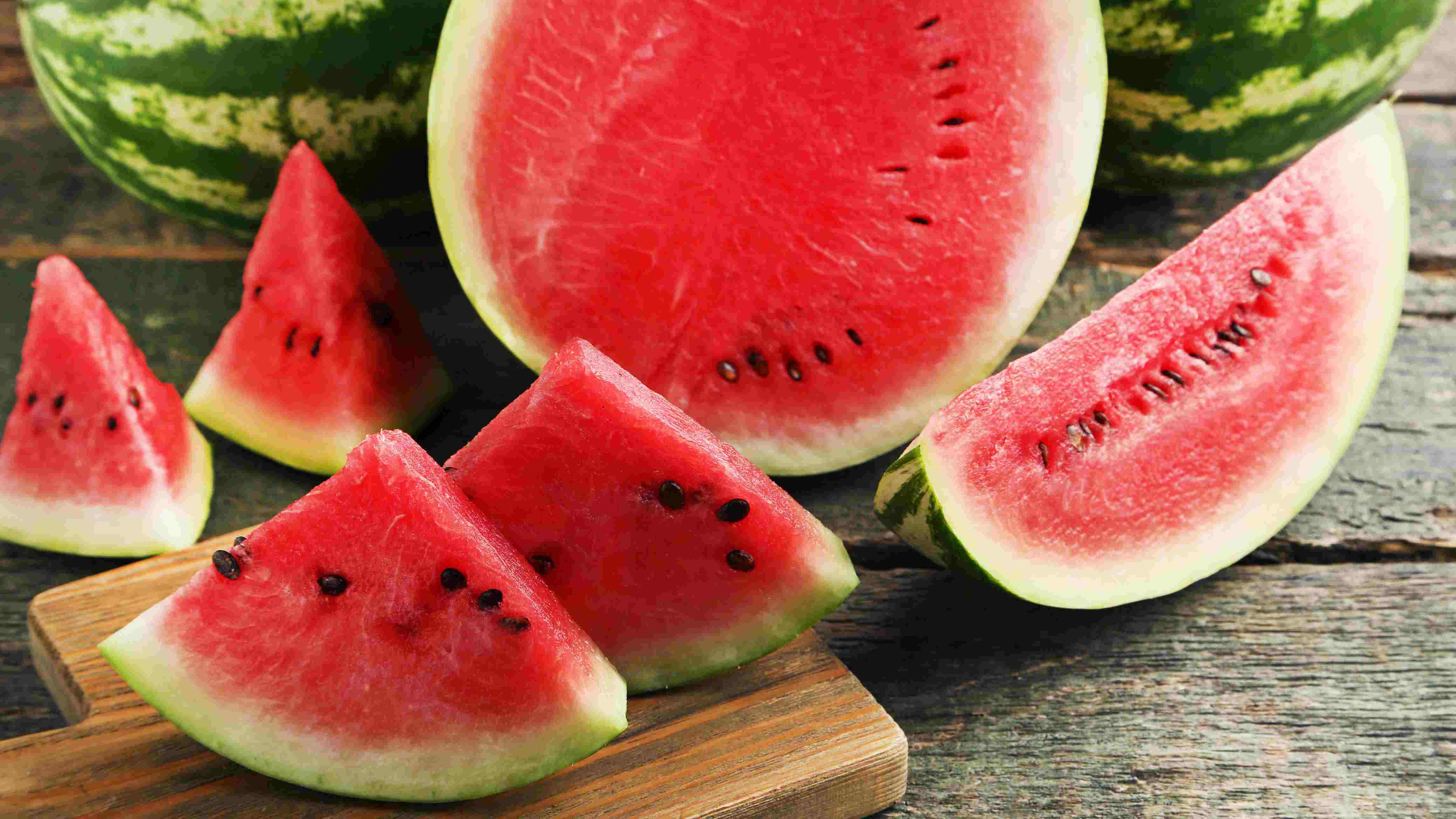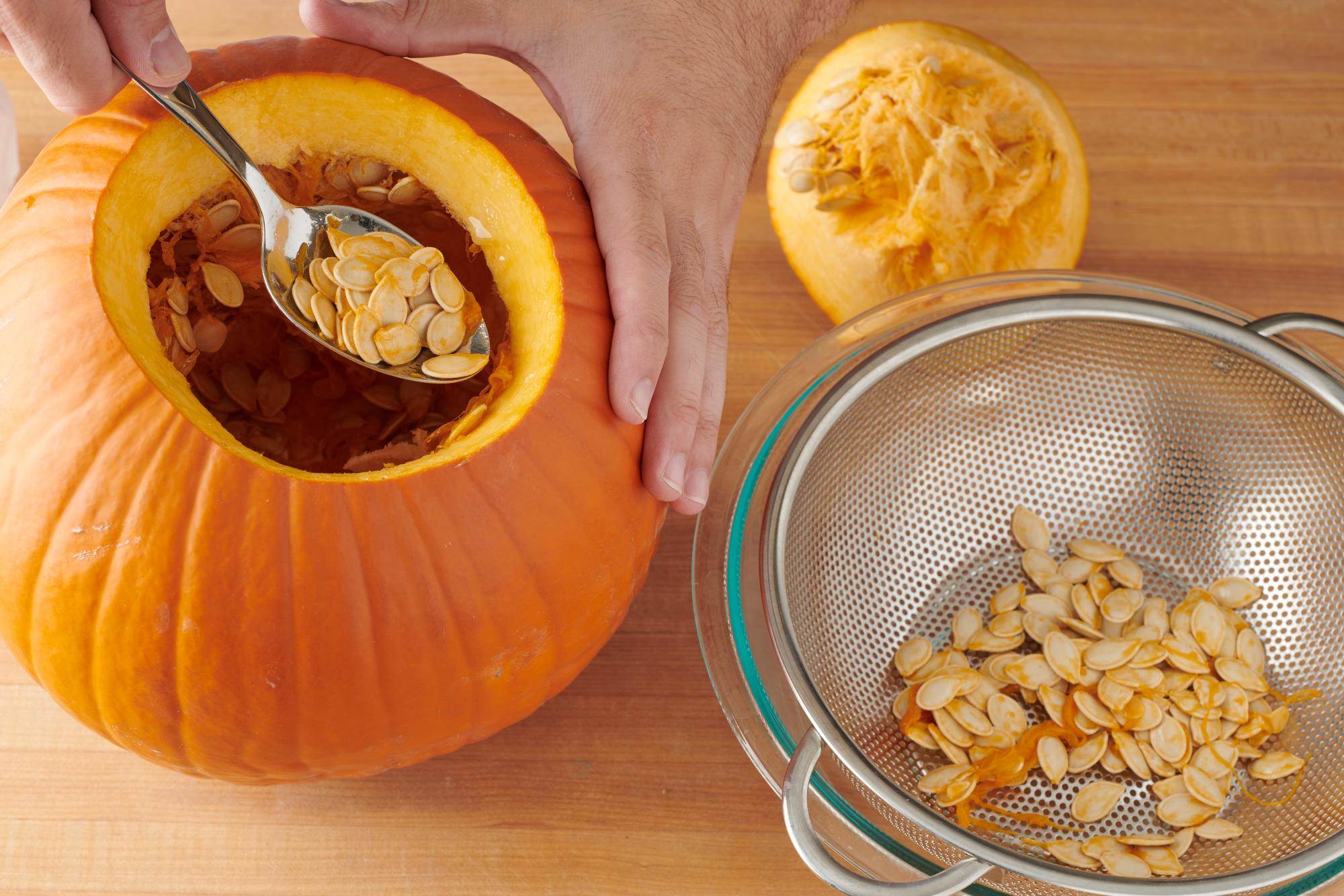Home>Types of Gardening>Edible Gardening>How Many Watts Of Light For Seedlings


Edible Gardening
How Many Watts Of Light For Seedlings
Published: January 4, 2024
Learn how to provide the right amount of light for seedlings in your edible gardening journey. Discover the ideal wattage and tips for successful seedling growth.
(Many of the links in this article redirect to a specific reviewed product. Your purchase of these products through affiliate links helps to generate commission for Chicagolandgardening.com, at no extra cost. Learn more)
Table of Contents
Introduction
When it comes to nurturing healthy and robust seedlings, providing adequate light is a crucial factor that significantly impacts their growth and development. Whether you are embarking on your gardening journey or seeking to enhance your existing practices, understanding the role of light intensity and the appropriate wattage for seedlings is essential for success.
In the following sections, we will delve into the significance of light for seedlings, explore the concept of light intensity, and discuss how to determine the right wattage for optimal growth. Additionally, we will consider the various factors that influence the light requirements of seedlings, offering valuable insights to help you create an ideal environment for your young plants to thrive.
Embarking on the journey of fostering healthy seedlings is not only rewarding but also an opportunity to witness the marvels of nature firsthand. By gaining a deeper understanding of the role of light in this process, you can equip yourself with the knowledge needed to provide the best possible conditions for your seedlings to flourish. Join us as we unravel the intricacies of light requirements for seedlings, empowering you to cultivate a thriving and vibrant garden from the very start.
Importance of Light for Seedlings
Light serves as the primary source of energy for seedlings, playing a pivotal role in driving the process of photosynthesis. This fundamental mechanism enables plants to convert light energy into chemical energy, facilitating the production of glucose and oxygen. As seedlings emerge from their germination stage, they rely on sufficient light to fuel their growth and establish a robust foundation for future development.
Furthermore, light influences various physiological processes within seedlings, including the regulation of hormone production, leaf expansion, and the formation of chlorophyll. Adequate light exposure promotes sturdy stem growth and encourages the development of vibrant, healthy foliage, positioning seedlings for resilience and vitality as they progress towards maturity.
Insufficient light can lead to a range of detrimental effects on seedlings, such as elongated and weak stems, pale or yellowing leaves, and overall stunted growth. Inadequate light exposure may also compromise the plant’s ability to withstand environmental stressors and could impede its capacity to produce an abundant harvest in the future.
By recognizing the indispensable role of light in the early stages of a plant’s life, gardeners can prioritize the provision of optimal light conditions, thereby nurturing strong, thriving seedlings that are primed for successful transplantation and continued growth.
Understanding Light Intensity
Light intensity refers to the level of illumination that seedlings receive, encompassing the quantity of light particles (photons) reaching a specific area within a given timeframe. This crucial aspect of light directly impacts the rate of photosynthesis and, consequently, the growth and development of seedlings.
Measuring light intensity is typically expressed in units such as lux or foot-candles, providing a quantitative indication of the brightness perceived by plants. Understanding the optimal light intensity for seedlings is essential for creating an environment that fosters their vitality and vigor.
Seedlings require varying levels of light intensity at different stages of their growth. During the initial stages, such as germination and early seedling development, a lower light intensity may be suitable to prevent excessive stress on the emerging plants. As the seedlings mature, gradually increasing the light intensity can support robust growth and the establishment of sturdy, well-formed foliage.
It is important to note that the ideal light intensity for seedlings is influenced by factors such as the specific plant species, the stage of growth, and environmental conditions. By gauging and adjusting the light intensity based on these considerations, gardeners can optimize the conditions for their seedlings, promoting healthy and vigorous development.
Determining the Right Wattage for Seedlings
When selecting the appropriate wattage for seedlings, it is essential to consider the specific light requirements of the plant species in question. Different types of seedlings may necessitate varying levels of light intensity to support their growth and development effectively.
One approach for determining the right wattage involves assessing the light requirements of the seedlings based on their natural habitat. Plants originating from sun-drenched regions may thrive under higher light intensities and, consequently, may benefit from a correspondingly higher wattage. Conversely, species native to shaded environments may exhibit optimal growth under lower light intensities, necessitating a lower wattage for their artificial light source.
Additionally, considering the growth stage of the seedlings is crucial when determining the appropriate wattage. Young seedlings in the early stages of development may require lower wattage to prevent light stress, while more mature seedlings could benefit from higher wattage to support robust growth and foliage development.
It is worth noting that the use of LED grow lights, which are increasingly popular due to their energy efficiency and customizable spectral output, offers a versatile solution for providing the appropriate wattage for seedlings. LED grow lights allow for precise control over the light intensity and spectrum, enabling gardeners to tailor the lighting conditions to meet the specific needs of their seedlings at various growth stages.
By carefully evaluating the light requirements of the seedlings based on their species and growth stage, and leveraging the flexibility offered by modern lighting technologies, gardeners can determine the right wattage to create an optimal environment for the healthy development of their seedlings.
Factors Affecting Light Requirements for Seedlings
The light requirements of seedlings are influenced by a myriad of factors, each playing a significant role in shaping the optimal conditions for their growth and development. By understanding these factors, gardeners can effectively tailor the light environment to meet the specific needs of their seedlings, fostering robust and healthy plants.
- Plant Species: Different plant species exhibit varying light requirements, with some thriving in bright, direct sunlight while others prefer shaded or diffused light. Understanding the natural habitat and light preferences of the specific plant species is essential for providing suitable light conditions.
- Growth Stage: The light requirements of seedlings evolve as they progress through different growth stages. Young seedlings may benefit from lower light intensities to prevent stress, while more mature seedlings may require increased light exposure to support vigorous growth and foliage development.
- Environmental Conditions: Factors such as ambient temperature, humidity levels, and air circulation can impact the light requirements of seedlings. Balancing these environmental elements is crucial for creating an optimal growing environment that complements the light conditions.
- Light Duration: The duration of light exposure, including the photoperiod, plays a vital role in meeting the light requirements of seedlings. Understanding the ideal light duration for specific plant species and growth stages is essential for promoting healthy development.
- Light Quality: The spectral composition of light, including the balance of wavelengths such as red, blue, and far-red light, influences the growth and physiological processes of seedlings. Tailoring the light quality to match the specific requirements of the plants can enhance their overall development.
By considering these factors and their collective impact on the light requirements of seedlings, gardeners can craft an environment that optimally supports the growth, vitality, and resilience of their young plants. By doing so, they can set the stage for a successful and bountiful gardening journey.
Tips for Providing Adequate Light for Seedlings
Ensuring that seedlings receive adequate light is essential for their healthy development. By implementing the following tips, gardeners can create an optimal light environment that supports robust growth and prepares the seedlings for a successful transition to the outdoors.
- Positioning and Placement: Place seedlings in an area that receives ample natural light, such as near a south-facing window. Rotating the trays regularly can promote even light exposure and prevent the seedlings from leaning towards the light source.
- Supplemental Lighting: In situations where natural light is insufficient, supplementing with artificial grow lights can provide the necessary light intensity for optimal growth. LED grow lights offer energy-efficient and customizable options for delivering targeted light to seedlings.
- Monitoring Light Duration: Be mindful of the duration of light exposure for seedlings. Young seedlings typically require around 14-16 hours of light per day, simulating the long days of summer to promote healthy growth.
- Adjusting Light Intensity: Tailor the light intensity based on the specific requirements of the seedlings. Utilize dimmable grow lights or adjust the distance between the light source and the seedlings to modulate the light intensity as needed.
- Optimizing Light Spectrum: Consider the light spectrum needed for the different growth stages of the seedlings. Providing a balanced spectrum, including red and blue wavelengths, can support photosynthesis and overall plant development.
- Environmental Considerations: Maintain appropriate environmental conditions, such as consistent temperature and humidity levels, to complement the light environment and promote healthy growth in the seedlings.
- Gradual Transition: When preparing seedlings for outdoor planting, gradually acclimate them to natural sunlight to prevent shock. Exposing them to increasing increments of natural light over several days can help them adjust to outdoor conditions.
By implementing these tips, gardeners can ensure that their seedlings receive the necessary light to thrive, setting the stage for strong, healthy plants that are well-prepared for successful transplantation and continued growth in the garden.
Conclusion
Understanding the critical role of light in the early stages of a plant’s life is fundamental to fostering healthy and vibrant seedlings. By recognizing the impact of light intensity, wattage, and various influencing factors, gardeners can create an optimal environment that promotes robust growth and prepares seedlings for successful transplantation and continued development.
From assessing the specific light requirements of different plant species to adjusting light intensity based on growth stages, the careful consideration of these factors empowers gardeners to provide the ideal light conditions for their seedlings. Whether leveraging natural sunlight, supplemental grow lights, or a combination of both, the goal remains the same: to nurture strong, resilient seedlings that are primed for a flourishing future in the garden.
As you embark on your journey of cultivating healthy seedlings, remember that light is not just an essential resource; it is a nurturing force that fuels the growth and vitality of your plants. By implementing the tips and insights shared here, you can create an environment where your seedlings thrive, laying the groundwork for a bountiful and rewarding gardening experience.
Embrace the art of providing light to your seedlings, and witness the marvel of nature as it unfolds before your eyes, from tender beginnings to flourishing maturity.



